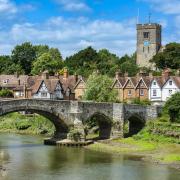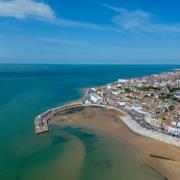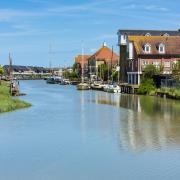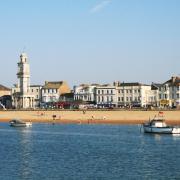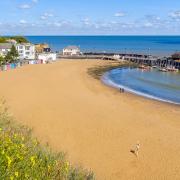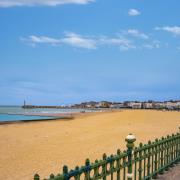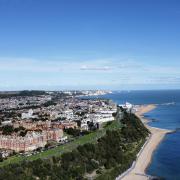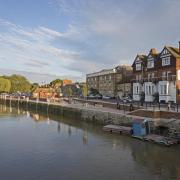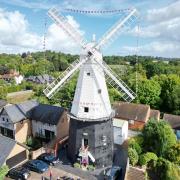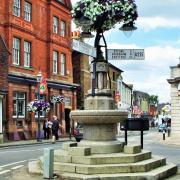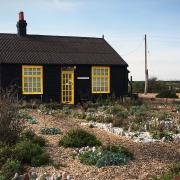As winter begins to give way to spring, it’s time to plan in a visit to some of the collection of beautiful gardens under the National Trust’s care
Sissinghurst Castle Garden near Cranbrook is one of Kent’s most famous gardens, known internationally for its ambitious planting schemes and variety of plants and flowers. Now is the perfect time to shake off winter hibernation and explore its many early spring delights.
Winter conservation
The garden at Sissinghurst was created by the poet and writer Vita Sackville-West and her husband, Harold Nicolson, in the 1930s with abundant, colourful planting that evoked the romance of her writing.
At its floral best in early summer, in spring the garden reveals some of the design and planning lovingly created by the couple. The National Trust takes the opportunity to carry out vital conservation work in these colder seasons, but special guided tours are running every weekend until 8 March, hourly between 11am and 3pm. Visitors will be able to see behind the scenes: what the gardeners do to prepare the famous garden rooms for their spring and summer flower spectacle, as well as learn about the history of the gardens and see some of the most picturesque views.
Outside the formal gardens, the landscape itself played a crucial role in Vita and Harold’s vision – a relaxed, natural and plentiful backdrop. The ancient woodland is full of snowdrops, wood anemones and early primroses starting to make their first spring appearances. The deciduous trees, still bare of their leaves, create unusual shapes against the sky, making the wider estate the perfect place for a winter walk.
For those who want to hear more, head gardener Troy Scot-Smith will be leading a garden day on 18 February. Visitors can ask questions about the history of the garden and how this special place is maintained. There’s also the chance to pick up useful gardening skills and seasonal top tips.
For instance, February is the month to divide and plant snowdrop bulbs, prepare vegetable seed beds and prune hedges and climbers, such as wisteria. February is a good time to plant bulbs such as anemones or freesias, for flowering later in the year.
Get the family involved
February also means children’s half-term holidays and a break from the classroom. Sissinghurst Castle Garden has devised a series of green-fingered fun activities for children to enjoy over half-term week.
Why not plant snowdrops on 14 February from 10am to 3pm opposite the Old Dairy, or on 18 and 19 February help support local bird life at home by making a nest box or bird feeder to hang in your own garden (booking essential for the nest box activity, call 0844 249 1895; tickets £6 per person).
Children might also enjoy a half-term walk in the wider estate, identifying wildlife or laying and following a woodland trail. n




